Aussie drivers’ admit to risky tactics to avoid wildlife collisions
New research from Suncorp Group insurer AAMI reveals that around half of Aussies have collided with a ‘roo’ or other wildlife while driving, yet the vast majority (61 per cent) admit they would dangerously swerve or slam on the brakes to avoid hitting an animal. Shockingly, one in seven drivers (14 per cent) admit they have no clue what they’d do if they were involved in an impact collision with wildlife, or worse – would panic and freeze while behind the wheel.
Share
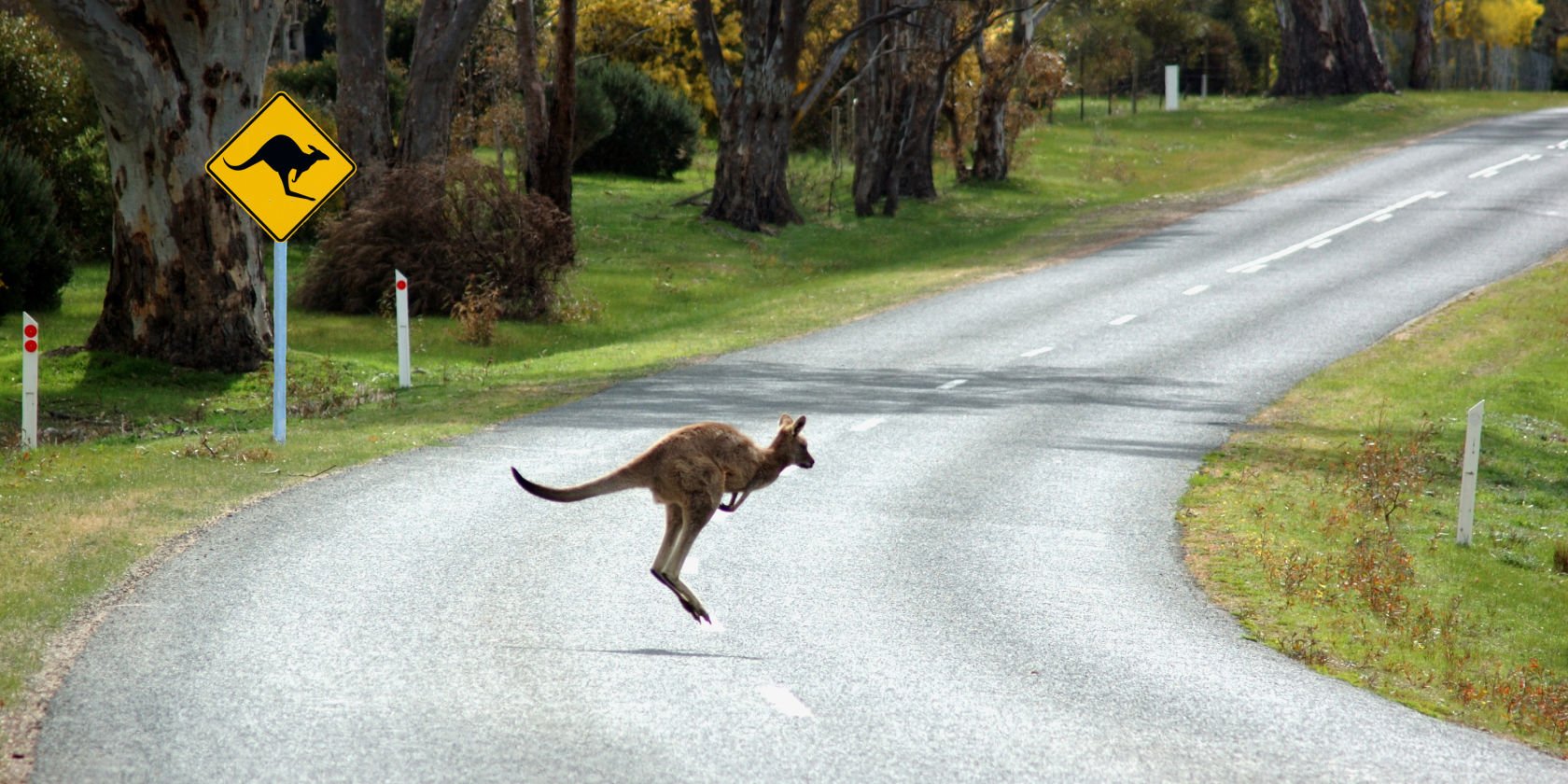
Analysis of over 17,000 AAMI animal collision claims across the country between 1 January and 31 December 2022 revealed that winter is the worst time of year for animal collisions, with almost one in three (30 per cent) accidents involving wildlife taking place in the cooler months from June to August. Heathcote in Victoria had been identified as Australia’s most dangerous spot for animal collisions.
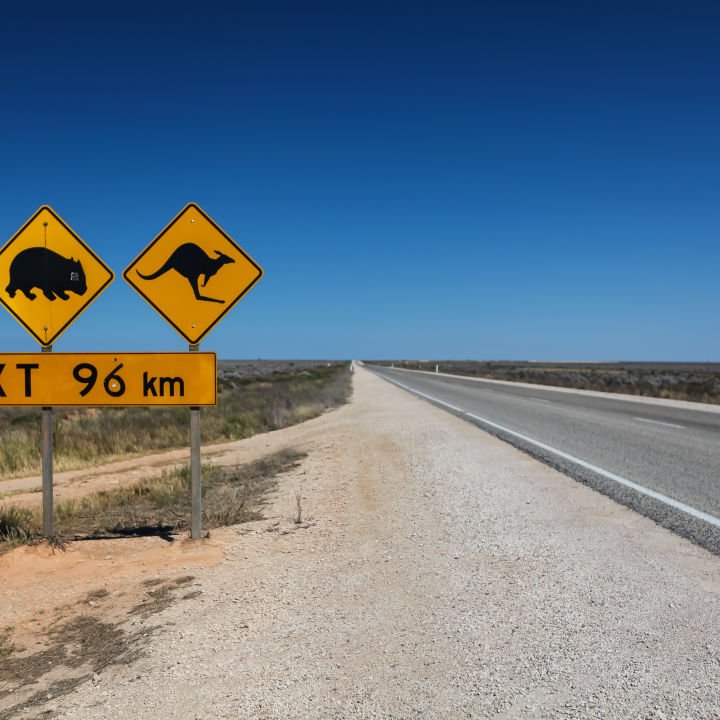

#The worst hotspots for animal collisions nationwide
| Location | #1 State Hotspots | Most Common Time of Day | Most Common Day of Week |
|---|---|---|---|
| National | Heathcode (VIC) | Evening Peak | Saturday |
| New South Wales | Dubbo | Evening Peak | Sunday |
| Victoria | Heathcote | Evening Peak | Saturday |
| Queensland | St George | Evening Peak | Friday |
| Western Australia | Baldivis | Midnight | Friday |
| Tasmania | Kingston | Midnight | Saturday |
| South Australia | Port Augusta | Evening Peak | Sunday |
| Australian Capital Territory | Canberra | Early Morning | Sunday |
| Northern Territory | Katherine | Evening Peak | Saturday |
The research also confirmed that dusk is the most dangerous time for wildlife related road accidents, with more than a quarter (26 per cent) of accidents taking place between the hours of 4:30pm and 8pm. Travelling on a Saturday also increases drivers’ chances of a collision, with the statistics revealing that it is the worst day of the week for animal collisions, with one third (30 per cent) of all collisions taking place over the weekend (Saturday and Sunday).
The cost of a road accident involving wildlife extends beyond endangering lives, with the average cost of an animal collision insurance claim reported to be between $5,500 and $6,400. In fact, approximately one in seven claims lodged in 2022 (14 per cent) that involved wildlife, sustained such severe damage to the vehicle that the car was written off.
Other key insights from AMMI’s research includes the fact that animal collisions are twice as likely to happen on rural roads (31 per cent) than suburban roads (15 per cent). In addition, more than three quarters of Australians (76 per cent) believe kangaroos are the animals that would cause the most damage to a car if involved in a collision, followed by wombats (16 per cent). The most common animals that Aussie drivers collide with are kangaroos, wallabies, wombats, dogs, deer and cows.
Kahl Dwight, AAMI Head of Motor Claims, says that being vigilant about various factors such as time of day, visibility and to expect the unexpected is the key to staying safe.
Kahl Dwight, AAMI Head of Motor Claims
Be extra vigilant particularly around dawn and dusk as this is when nocturnal animals are more active. Visibility also becomes poorer which makes it harder to see wildlife and reduces the time a driver has to react, increasing the risk of a collision.
“We encourage drivers to always expect the unexpected and know ahead of time what they should do– which is slow down and brake but avoid swerving so as not to endanger yourself and other drivers. It’s far less dangerous to keep driving and damage your car than swerve to avoid it and collide with another vehicle or tree," says Mr Dwight.
“To avoid crashing with wildlife this winter, use your peripheral vision and be aware of your surroundings. Wildlife is unpredictable and can appear out of nowhere so it’s best to always be on the lookout."
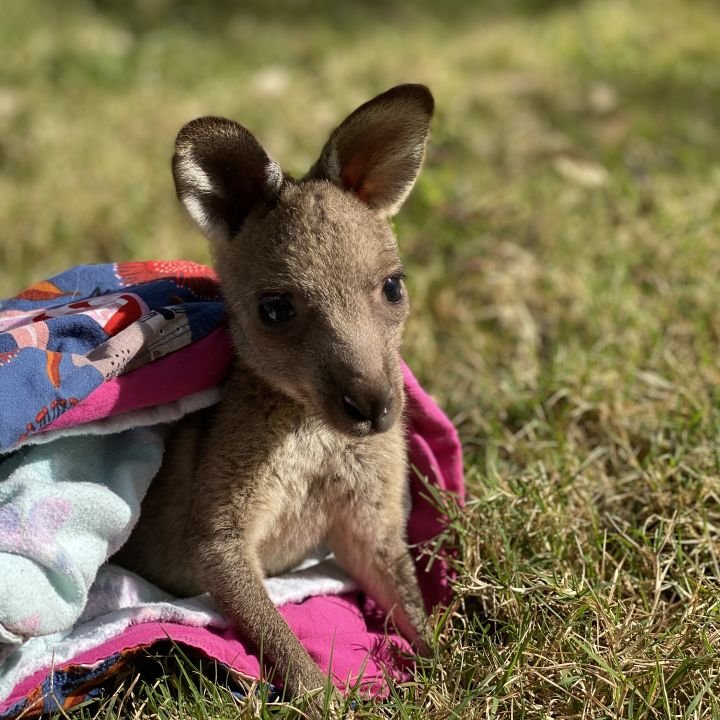
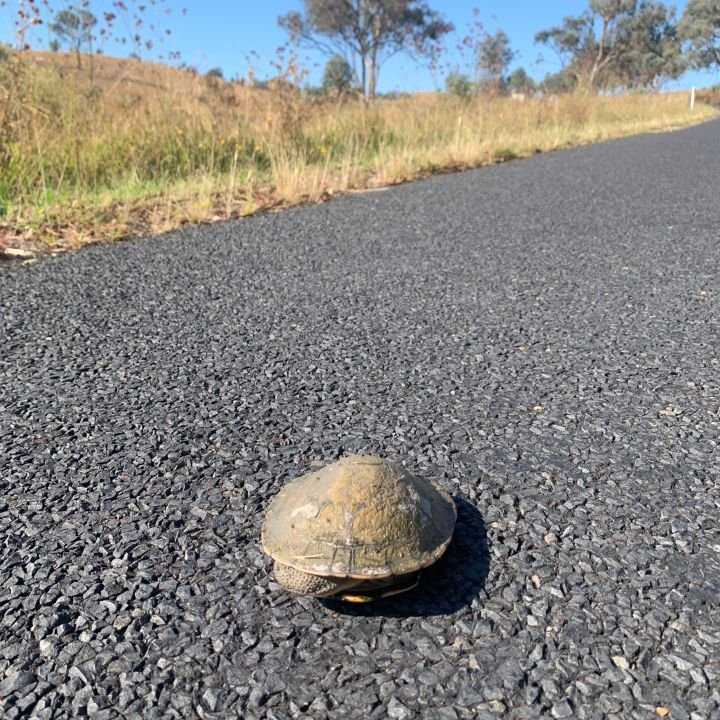
Kristie Newton from WIRES (Wildlife Information Rescue and Education Service) provides some timely advice about driving during the winter months.
“The darker winter months are the most perilous time for wildlife on our roads. Hitting wildlife can not only cause vehicle damage and emotional distress for the driver involved, but also the loss of native animals, which has a huge impact on Australia’s biodiversity and endangered species," said Kristie Newton from WIRES (Wildlife Information Rescue and Education Service).
“These types of collisions are particularly detrimental to koala populations, which are in serious decline across the country. A colony known as the Campbelltown koalas are the only growing population in NSW, however in recent years the recorded number of koalas hit and killed by motorists have doubled, with road accidents now the leading cause of koala deaths in the region," she said.
The WIRES spokesperson also shared some practical advice on how to check the welfare of any wildlife that has experienced a vehicle collision.
If you have hit an animal while driving, stop to check its welfare, but only if it is safe to do so. If the animal is alive and injured call WIRES or your local wildlife rescue service.
“If the animal has died due to road trauma – especially if it is a kangaroo - check if it is a female and if there’s a joey(s) in her pouch or around her. Pouches/flaps of wombats and echidnas should also be checked as well as the surrounding area, as young echidnas are often dislodged during a vehicle collision.
“Keeping a small kit in your car, especially if you are driving in a high wildlife area, is another simple way to help injured wildlife in the event of an accident. This means you can assist with pouch checks and potentially save the lives of orphaned animals," she said.
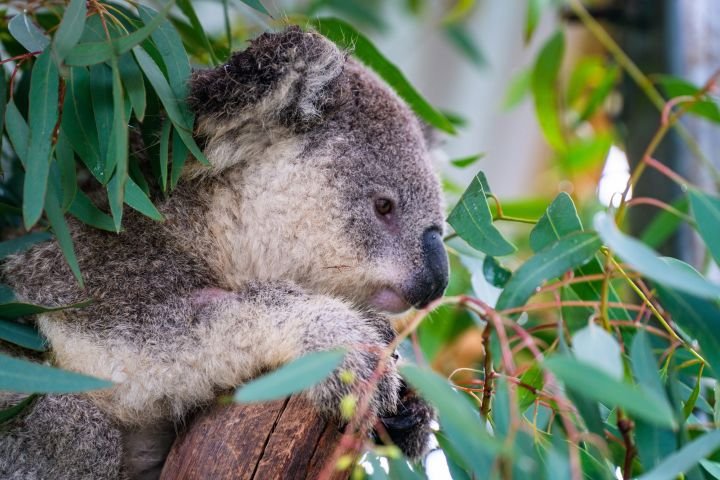
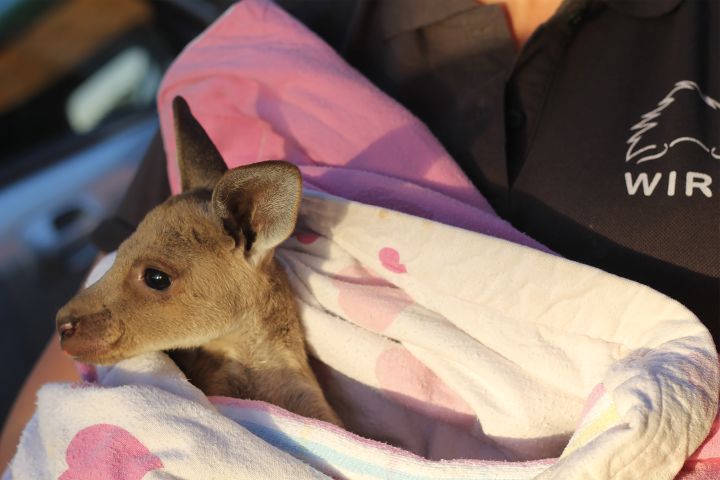
| Ranking | |
|---|---|
| #1 | Heathcote |
| #2 | Wallan |
| #3 | Gisborne |
| #4 | Halls Gap |
| #5 | Woodend |
New South Wales
| Ranking | |
|---|---|
| #1 | Dubbo |
| #2 | Goulburn |
| #3 | Sutton |
| #4 | Cooma |
| #5 | Bungendore |
Queensland
| Ranking | |
|---|---|
| #1 | St George |
| #2 | Townsville |
| #3 | Roma |
| #4 | Warwick |
| #5 | Mareeba |
Western Australia
| Ranking | |
|---|---|
| #1 | Baldivis |
| #2 | Nannup |
| #3 | Jurien Bay |
| #4 | Bullsbrook |
| #5 | Kalbarri |
South Australia
| Ranking | |
|---|---|
| #1 | Port Augusta |
| #2 | Mount Gambier |
| #3 | Hawker |
| #4 | Morgan |
| #5 | Orroroo |
Tasmania
| Ranking | |
|---|---|
| #1 | Kingston |
| #2 | Launceston |
| #3 | Cambridge |
| #4 | Huonville |
| #5 | Latrobe |
Australian Capital Territory
| Ranking | |
|---|---|
| #1 | Canberra |
| #2 | Kambah |
| #3 | Hume |
| #4 | Weston |
| #5 | Symonston |
Northern Territory
| Ranking | |
|---|---|
| #1 | Katherine |
| #2 | Adelaide River |
| #3 | Humpty Doo |
| #4 | Mataranka |
| #5 | Batchelor |
Images & Videos



